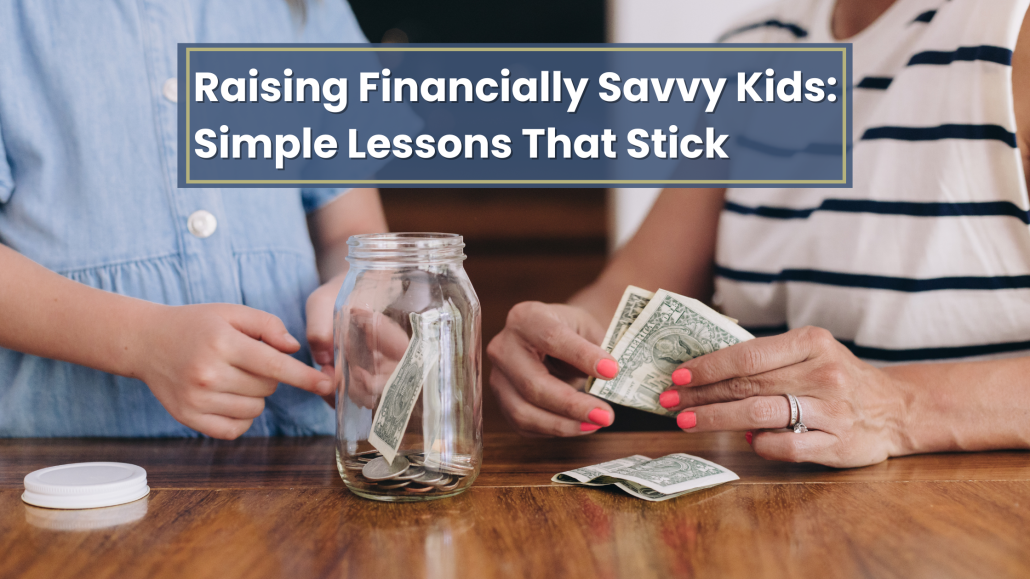
Talking to kids about money doesn’t have to be complicated. In fact, the most effective lessons are often the simplest. Whether your child is earning their first allowance or asking where money comes from, early financial education can shape how they save, spend, and plan for years to come.
Here are seven foundational money lessons that help build real-world financial confidence—and they’re easier to teach than you might think.
1. Start the Conversation Early
Children are naturally curious, and they begin picking up on money cues earlier than many parents realize. Even young kids notice when you swipe a card or discuss a bill. Use those everyday moments to explain basic concepts in age-appropriate language. The goal isn’t to teach everything at once, but to keep the door open so money becomes a normal topic—not a taboo one.
2. Give Allowance with a Purpose
Rather than handing out spending money with no structure, consider tying allowance to simple responsibilities, or better yet, dividing it into categories: spend, save, and give. This introduces kids to budgeting in a hands-on way. It also encourages thoughtful decision-making—especially when they’re saving toward a goal that matters to them.
3. Set Visual Savings Goals
Kids are more motivated when they can see their progress. Use clear jars, sticker charts, or simple tracking sheets to show how their savings grow over time. Whether they’re working toward a new toy or a bigger purchase, this visual connection helps reinforce the value of patience and planning.
4. Let Them Make Spending Decisions
The temptation to “rescue” kids from a questionable purchase is real, but experience is a great teacher. Give them space to decide how to spend their own money—even if that means buying something they later regret. Learning from small mistakes in childhood can help prevent much bigger ones down the road.
5. Include Them in Real-Life Financial Moments
Everyday activities like grocery shopping, paying bills, or planning a vacation offer natural teaching moments. Let your child help compare prices, talk through needs versus wants, or see how you weigh spending choices. These conversations build money awareness in a way that’s practical and relatable.
6. Talk About Giving
Financial literacy isn’t just about saving—it’s also about understanding how money can be used to support others. Encourage your child to donate a portion of their allowance or choose a cause to support. These lessons in generosity help build empathy and show that money has the power to make a positive impact.
7. Model the Habits You Want to Teach Your Kids
Your actions often speak louder than any lesson. If you’re budgeting, saving with intention, or talking calmly about money decisions, your kids are learning from that example. You don’t have to be perfect. Just being open and consistent sends the message that managing money is a skill worth learning—and one they can feel confident developing.
Financial literacy for kids isn’t a one-time conversation. It’s a series of small, everyday lessons that add up over time. When you normalize talking about money and give kids the chance to practice, you’re building confidence that will serve them well long after they leave home.


